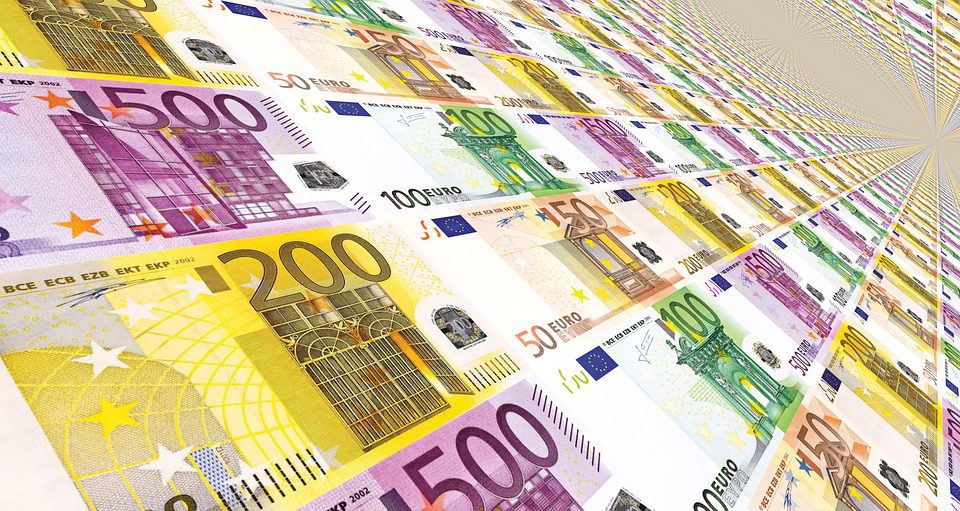Counterfeit euro notes have proliferated across the European Union, prompting European authorities to rethink the current design of the common currency.
In 2022, 376,000 counterfeit notes were withdrawn from circulation—an increase of 8%-9% over one year. The numbers mark a real reversal of the trend from 2021, which recorded an all-time low. The €20 and €50 banknotes remain the most counterfeited, accounting for almost 64% of the seizures. 96.6% of the counterfeits were found in euro area countries, while 2.7% were found in non-euro area EU member states and 0.7% in other parts of the world. However large this figure may seem, the 376,000 should be judged in light of the 29.5 billion genuine banknotes in circulation: the risk of seeing a counterfeit banknote is therefore very slim.
Most of the time, these are relatively crude copies that are easy to identify. The simple “feel, look and tilt” method, described in detail on the European central bank’s website, is generally sufficient to identify them.
Now, the challenge going forward has turned attention toward the illustrations on the bills. At the time of the launch of the common currency, in order to secure the forgery-proof nature of the notes, and to have common visuals (not to privilege one national culture over another), the choice was made to depict only imaginary landscapes and monuments on the banknotes. The banknotes depict bridges leading nowhere; blind Gothic windows; abstract antique capitals: all of which are intended to evoke no response or feeling from anyone. This choice, which is questionable from a symbolic point of view because it shows citizens a Europe that ‘does not exist,’ is also questionable in terms of monetary security. According to experts, these abstract landscapes are easy to imitate and reproduce, unlike the representations of historical figures that adorned national currencies before the euro.

The European bank has therefore been working on the possibility of reintroducing faces on the euro banknotes, partly for security reasons, partly to reinvigorate feelings of ownership and attachment to the currency. “Our goal is to create euro banknotes that Europeans can identify with and be proud of,” said Fabio Panetta, member of the ECB’s Executive Board.
These new, more difficult to imitate banknotes should gradually appear in the wallets of Europeans beginning in 2024. “After 20 years, the time has come to update the design of our banknotes to make them more attractive to Europeans of all ages and backgrounds,” said ECB President Christine Lagarde.






